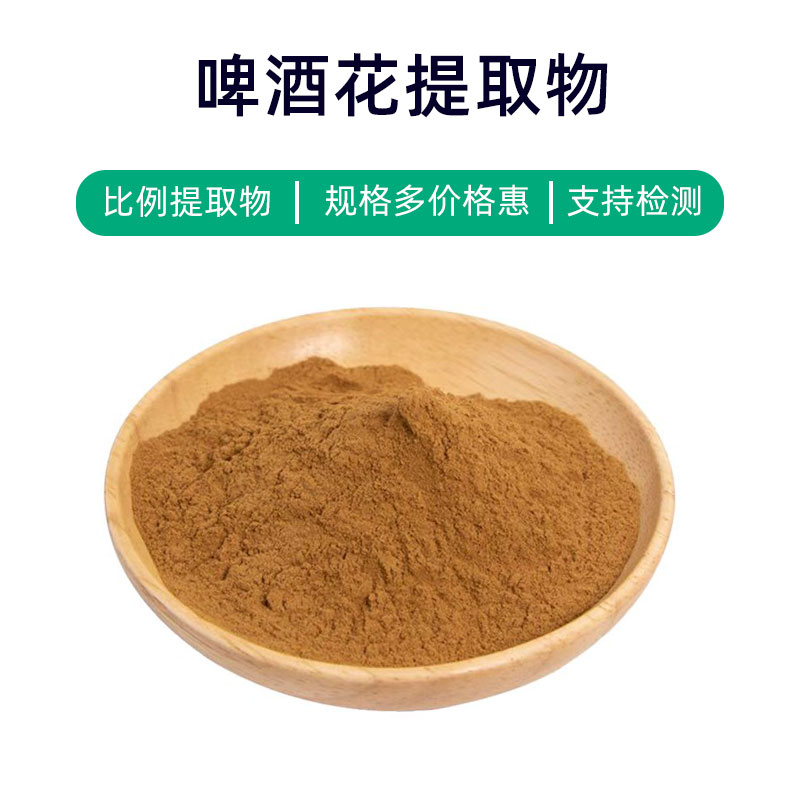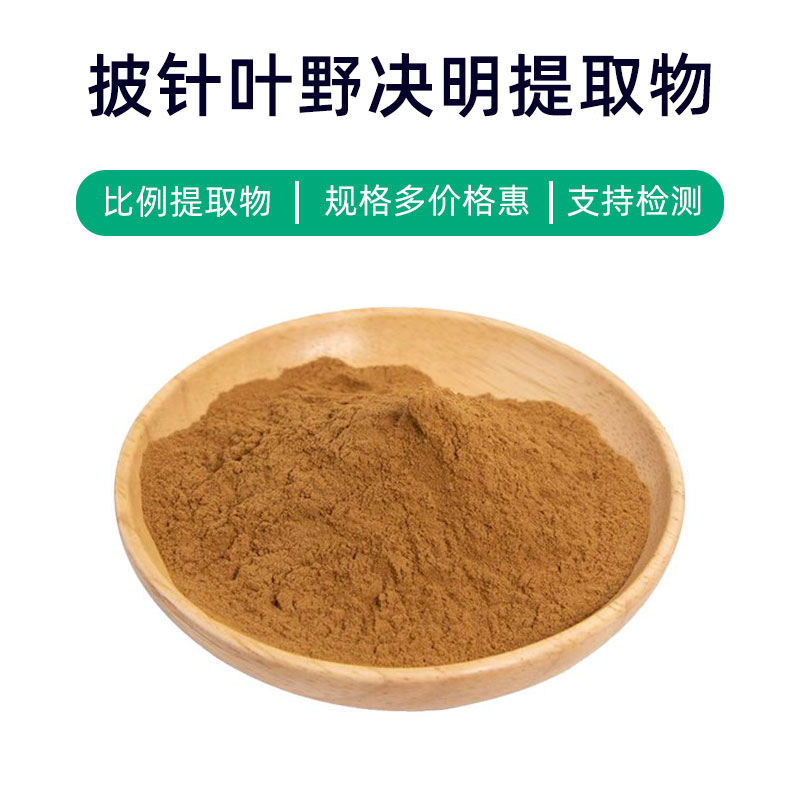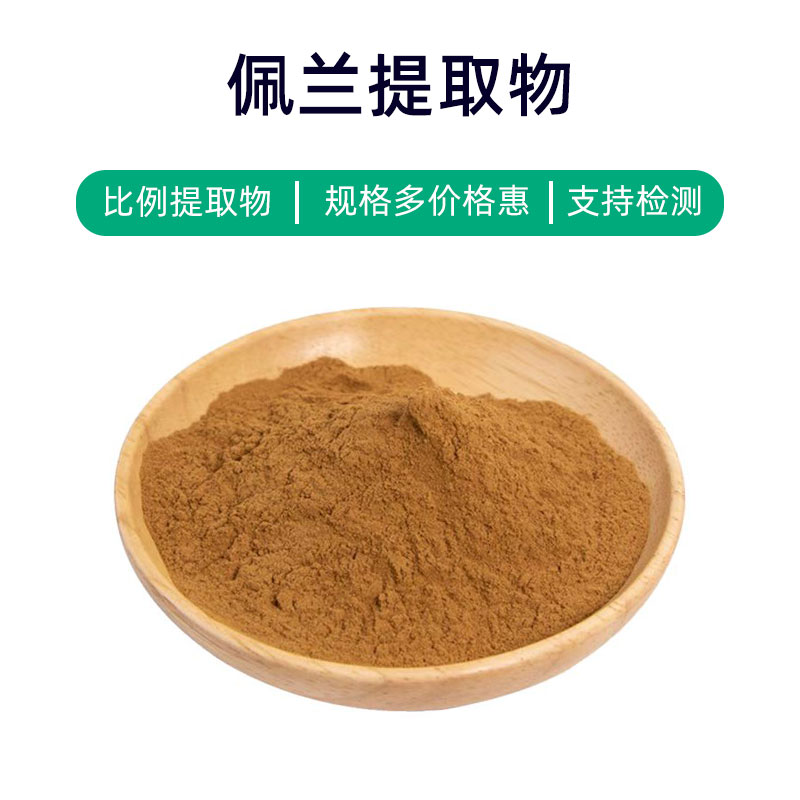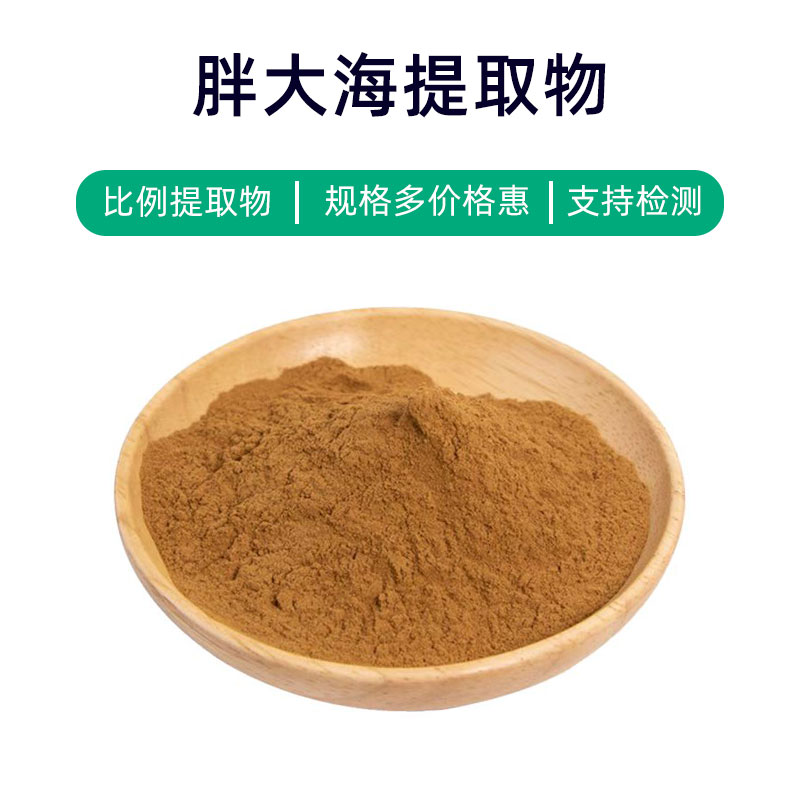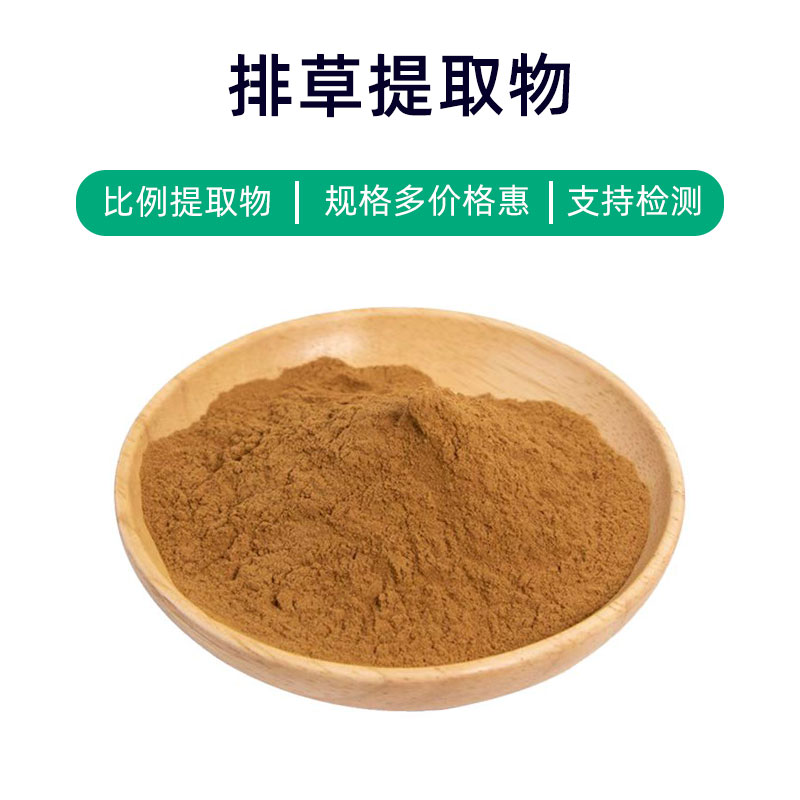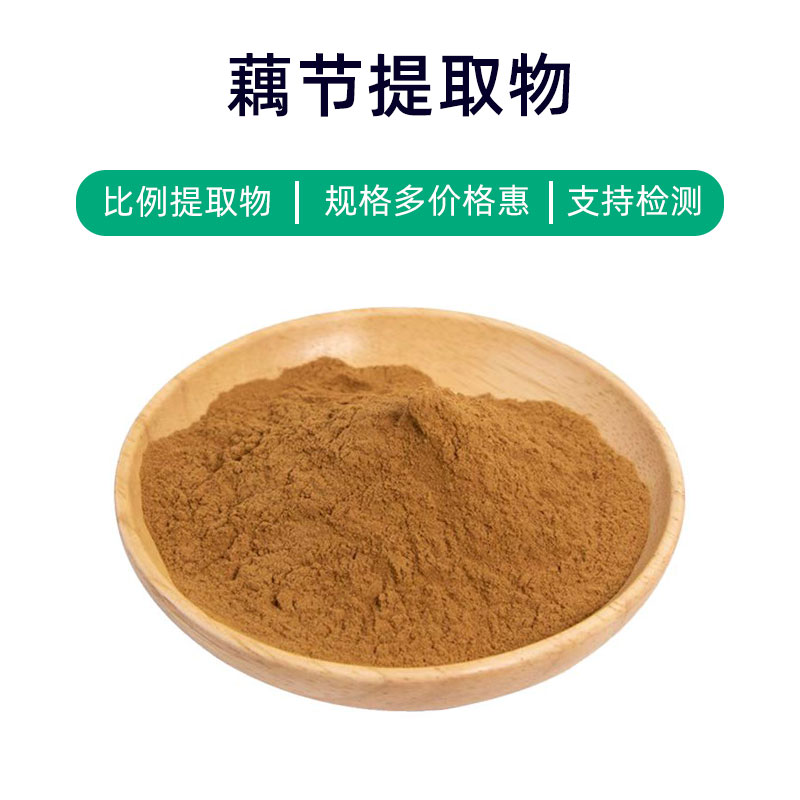Wolfberry Extract Product Introduction
Wolfberry extract is a natural plant extract obtained from the goji berry plant, primarily composed of various bioactive substances, including polysaccharides, proteins, vitamins, and minerals. These components give wolfberry extract a range of benefits and applications.
Firstly, wolfberry extract is rich in natural active ingredients like polysaccharides, which provide significant antioxidant effects, helping to eliminate free radicals in the body, delay cellular aging, and protect cells from oxidative damage.
Secondly, wolfberry extract is widely used in health supplements and pharmaceuticals to boost immunity and enhance the body’s resistance, aiding in the prevention and improvement of various diseases caused by immune dysfunction.
Moreover, wolfberry extract is used as a food additive, found in products like seasonings and health foods, imparting natural nutritional ingredients and health benefits to food.
Overall, as a natural plant extract, wolfberry extract offers various benefits, including antioxidant effects, immune regulation, and nutritional supplementation, making it widely applicable in health products, pharmaceuticals, and the food industry to effectively support people’s health.
Wolfberry Extract Production Process
The production process of wolfberry extract typically involves the following main steps:
- Raw Material Collection and Screening: Fresh wolfberry plants must be collected, ensuring quality and freshness. After collection, screening is done to remove impurities and damaged parts.
- Grinding and Crushing: The screened wolfberry plants are ground and crushed into a powder to increase extraction efficiency and surface area.
- Extraction Process: The ground wolfberry plant powder undergoes extraction, using methods such as water extraction, ethanol extraction, or supercritical fluid extraction. During extraction, temperature, time, and pressure of the extraction solvent can be adjusted to maximize the yield of active ingredients.
- Concentration and Drying: The liquid solution obtained from extraction is concentrated to remove excess solvents, then dried to convert the concentrated extract into powder form.
- Powder Treatment: The resulting wolfberry extract powder undergoes particle size adjustment and packaging to ensure product quality and stability.
- Quality Inspection and Packaging: The extract is subjected to quality testing, including component analysis and microbiological testing, to ensure it meets relevant standards and regulations. Packaging methods commonly include aluminum foil bags and plastic buckets.
- Storage and Transportation: The packaged wolfberry extract should be stored in a dry, cool, and ventilated environment, avoiding direct sunlight and humidity. During transportation, moisture and sunlight protection are important, as well as avoiding high temperatures and severe vibrations to ensure product stability and safety.
By following these processing steps, wolfberry extract with stable quality and high purity can be produced to meet the needs of different industries.
Wolfberry Extract Effects and Side Effects
Wolfberry extract is a plant-derived extract with various effects and benefits, mainly including the following aspects:
- Anti-Tumor Effects: Wolfberry extract contains multiple active components with anti-tumor activity, able to inhibit the growth and spread of tumor cells and promote their apoptosis, offering potential as a new avenue for cancer treatment.
- Anti-Inflammatory Effects: The active components in wolfberry extract possess anti-inflammatory properties, alleviating inflammatory responses and pain, which can help with conditions like rheumatoid arthritis and skin inflammation.
- Antioxidant Effects: Wolfberry extract is rich in antioxidants, capable of eliminating free radicals and protecting cells from oxidative damage, thereby slowing aging and enhancing the body's resistance.
- Antibacterial Effects: Wolfberry extract exhibits certain antibacterial properties that can inhibit the growth and reproduction of bacteria, fungi, and viruses, helping to prevent and treat infectious diseases.
- Immune Regulation: The active ingredients in wolfberry extract can modulate immune system function and enhance immunity, which helps prevent the occurrence of infectious diseases.
- Anti-Thrombus Effects: Some components in wolfberry extract have anti-thrombus properties that can prevent thrombosis and reduce the risk of cardiovascular diseases.
Despite the various benefits of wolfberry extract, it is important to note the following:
- Side Effects: Prolonged or excessive use may lead to side effects such as nausea, vomiting, diarrhea, and other digestive discomforts, as well as skin allergies. Therefore, consultation with a doctor or pharmacist is advisable before use, and it should be used strictly according to medical advice.
- Contraindications: Caution is advised for pregnant or nursing women, children, and individuals with long-term digestive issues; special circumstances should be discussed with a physician.
- Drug Interactions: Wolfberry extract may interact with certain medications, affecting efficacy or increasing the risk of adverse reactions. Caution is recommended when using other medications concurrently, and supervision by a doctor is preferable.
In summary, wolfberry extract has various benefits and applications, especially in pharmaceuticals and health supplements. However, attention must be paid to dosage, contraindications, and drug interactions to ensure safety and effectiveness.
Wolfberry Extract Application Scenarios and Dosage
Wolfberry extract has significant application value in the pharmaceutical, food, and cosmetics industries. Here are various application scenarios, methods of use, and dosages:
- Pharmaceutical Applications:
- Anti-Tumor Medications: Active components in wolfberry extract are widely used in the development and production of anti-tumor medications for treating various cancers, such as breast cancer and liver cancer.
- Anti-Inflammatory Medications: Used for preparing anti-inflammatory medications for treating rheumatoid arthritis and other inflammatory diseases.
- Immune Modulators: Wolfberry extract can serve as an immune modulator, regulating immune system function for treating autoimmune diseases like rheumatoid arthritis and systemic lupus erythematosus.
- Food Applications:
- Health Supplements: Wolfberry extract can be used as an ingredient in health supplements, enhancing immunity, delaying aging, and promoting metabolism. A typical dosage is 10-30 mg daily, adjustable based on individual circumstances.
- Functional Foods: Added to foods such as health teas and nutritional drinks, increasing their functional properties like antioxidant and anti-fatigue benefits.
- Cosmetics Applications:
- Skincare Products: With antioxidant, anti-inflammatory, and anti-aging properties, wolfberry extract is used in skincare products like creams and serums to delay skin aging and repair damaged skin. A suggested use concentration is 0.5-1%, adjustable based on skin type.
- Hair Care Products: Incorporated into shampoos and conditioners, wolfberry extract nourishes hair, enhances root elasticity, and reduces dandruff and other issues.
In summary, wolfberry extract has wide applications across pharmaceuticals, food, and cosmetics. When using it, appropriate methods and dosages should be chosen based on individual needs, adhering to medical advice and product instructions to ensure safety and effectiveness. Caution against excessive use is important to avoid unnecessary side effects.
Introduction, Distribution, and Growth Environment of Source Plant for Wolfberry Extract
Wolfberry (scientific name: Aconitum) is a perennial herbaceous plant belonging to the Ranunculaceae family. Its extract is widely applied in pharmaceuticals and botany. Below is an overview of the source, distribution, and growth environment of the wolfberry plant:
- Plant Source:
- Scientific Name: Aconitum, a class of perennial herbaceous plants comprising various species and varieties.
- Common Names: Commonly known as wolfberry, monkshood; sometimes referred to as "king of poisons."
- Characteristics: The wolfberry plant features erect stems, palmate compound leaves, and flowers that grow singly or clustered in terminal racemes. Some species contain toxins.
- Distribution:
- Wolfberry plants are widely distributed, mainly in Asia, Europe, and North America.
- In Asia, it is primarily found in China, India, Japan, and Russia, with many species in China found across mountainous and plateau regions.
- In Europe and North America, wolfberry also grows, mainly in temperate and colder mountainous, grassland, and forested areas.
- Growth Environment:
- The wolfberry plant thrives in moist environments, typically found in higher-altitude mountainous areas, along forest edges, stream banks, and meadows.
- They have general soil preferences and usually favor loose, well-drained soils but can adapt to a certain degree of acidic soil.
- Some wolfberry species do not require much sunlight and can grow in semi-shaded or fully shaded environments, but other varieties may be better suited to sunny conditions.
In summary, the wolfberry plant is a perennial herbaceous type, predominantly found in the mountains and forests of Asia, Europe, and North America, favoring moist, loose soils. With diverse species widely distributed in China, the wolfberry possesses significant medicinal value and botanical relevance.
Processing and Storage of Wolfberry Extract
The processing of wolfberry extract requires strict controls to ensure safety and efficacy. Generally, the processing steps involve selecting, washing, grinding, extracting, concentrating, and drying the raw materials. During processing, parameters such as temperature, humidity, and time must be carefully controlled to retain the active components of the wolfberry extract.
For storage, it should be kept in a dry, cool, and ventilated space, avoiding direct sunlight and humid conditions, while also being careful to prevent cross-contamination with other medicinal materials.
Monica Sun is a seasoned expert in the plant extraction industry with over a decade of experience in research and production. She specializes in the extraction and purification of plant active ingredients, focusing on driving innovation in natural product applications. Monica has participated in the development of multiple functional plant extracts, delivering high-value natural raw material solutions for the health food, pharmaceutical, and dietary supplement sectors.









